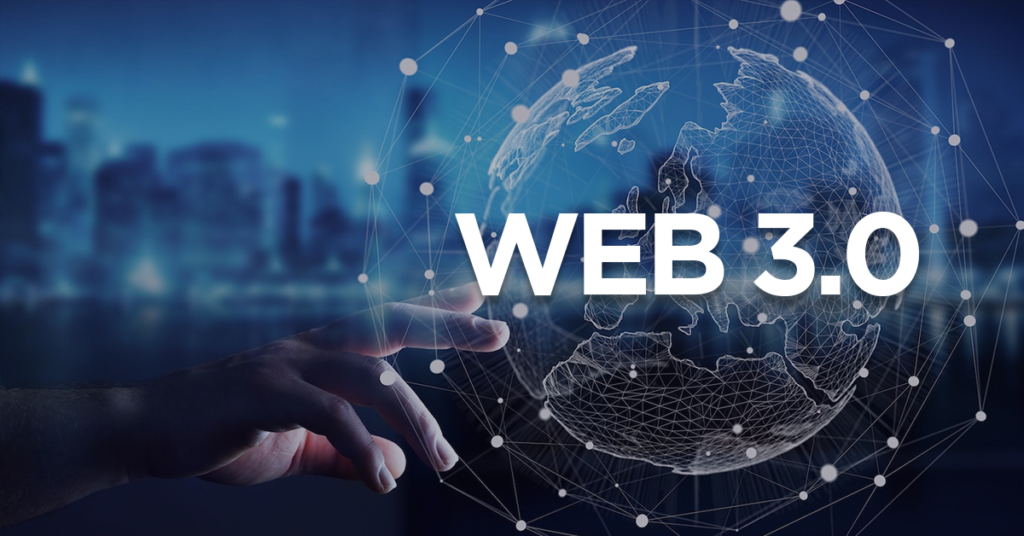It is a new technological age, new buzzwords emerge regularly, Web 3,0 is a new buzzward that has gained immense traction recently, but its rapid rise begs a crucial question: What category does Web3 truly belong to? As many are still unaware of what comes under web 3.0. To answer this, we are writing this article.
Web3 is fundamentally powered by blockchain, cryptocurrencies, and smart contracts there 3 are the main pillar of web 3.0. These technologies support the creation of decentralized applications (dApps), and thus cut the need of centralized middlemen. Web3 is an ecosystem focused on privacy, openness, and individual control and web 3.0 development companies are working on these technologies.
So, What Category Does Web3 Fit Into?
When trying to place Web3 within a technological category, it’s important to consider the diverse elements that make up its framework. While Web3 might seem like a standalone entity, it sits at the crossroads of several evolving fields of technology.
1. Decentralized Technologies
Web3 embodies decentralization, a characteristic that distinguishes it from Web2 and explains why the shift to Web 3.0 has been essential. Rather than depending on centralized servers run by large corporations, Web3 employs distributed networks to grant users enhanced control over their data and digital interactions. DeFi, or decentralized finance, is one prominent example that belongs to the Web 3.0 ecosystem.
2. Blockchain and Cryptocurrencies
Web3 core parts are blockchain and cryptocurrencies. These are the foundational technologies driving this new era of the internet. Blockchain provides the secure and transparent public ledger that records transactions, making it the backbone for trust in a decentralized world.
3. Dapps
Dapps are decentralized apps, the apps that no authority controls. Dapps come under Web 3.0. One of the most significant shifts Web3 offers is the potential to redefine decentralized applications and privacy. In the current web, individuals are forced to create multiple accounts, giving away personal information to a variety of platforms, which often use this data for commercial gain. Web3 turns this model on its head by giving users the ability to maintain self-sovereign identities, where they have control over who accesses their data and how it’s used.
4. AI and Automation
AI and Automation does come under the Web 3.0 technologies, all the advancement happening in the AI world is directly of Web 3,0 technologies. And also the smart contracts comes under web 3.0. They are self-executing agreements, written into code, that automatically enforce the terms of a contract once predefined conditions are met. This is a form of decentralized automation and therefore this concept fit in Web 3.0.
5. The Metaverse
The metaverse is a key Web 3.0 technology, offering a virtual space where users engage with digital environments. This emerging tech is closely linked to Web3, as both are grounded in decentralization and user ownership. Within the metaverse, individuals will seek ownership of virtual assets like land, collectibles, and identities. Web3, supported by NFTs and blockchain, empowers users to have true ownership and control over these assets in a decentralized realm.











